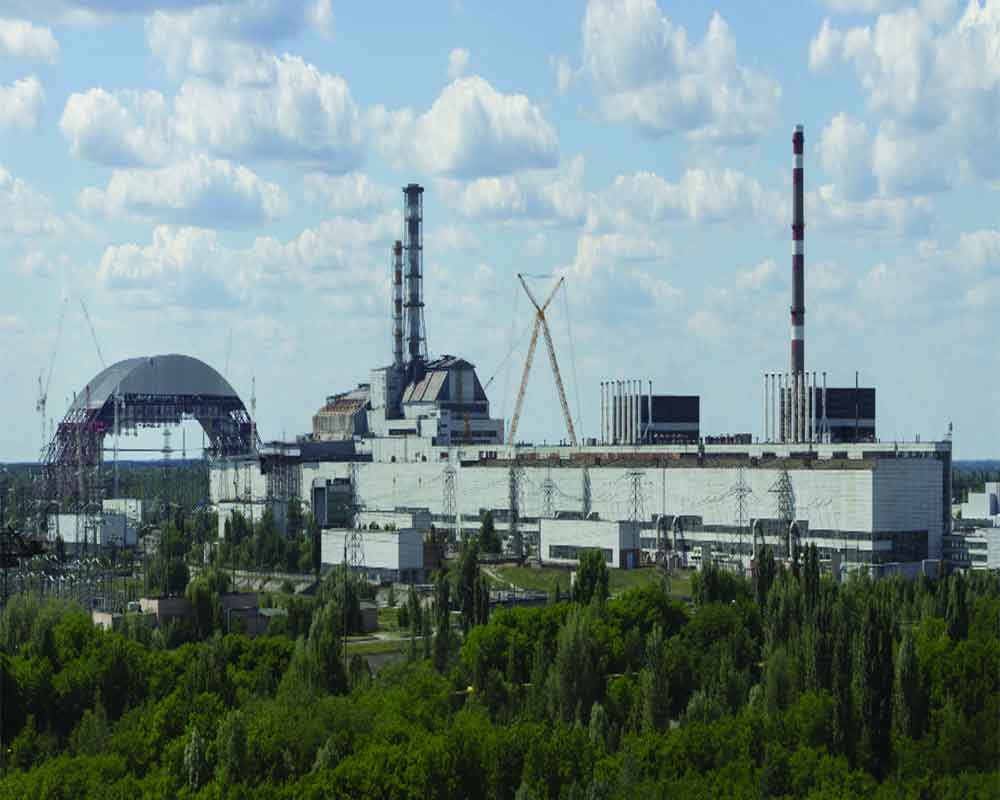Renewable energy will replace nuclear power; coal and gas will still keep burning
Germany’s remaining nuclear power stations have closed down, leaving only three plants left operating in the country. They too will close down in 2022. Germans will no longer have to live with the fear of a nuclear (power) holocaust. What’s more, all the lost energy from the nuclear plants will be “compensated for by the expansion of renewable energies.” promises the German Institute for Economic Research. An elegant solution, but there is a catch. Most of the wind and solar power that Germany is building will go to replace its nuclear power plants, not to eliminate the coal and gas that it is still burning in huge amounts to generate electricity. So, Germany will go on burning coal until 2038 (France is out now, the UK by 2024), and it also imports big volumes of gas from Russia (at great geopolitical cost). Just one day ahead of Germany, Belgium announced on 30 December that it will shut all of the country’s nuclear power plants by 2025. It too promises to replace the lost electricity with power from renewable sources eventually, but it will just burn more coal and gas in the meantime. And when the European Commission proposed a new law the other day that recognises nuclear power as ‘green’ (provided that the plants have strict plans for the disposal of nuclear waste), there was an outcry all across the European Union. German Environment Minister Steffi Lemke condemned the proposal as simply “wrong.”
This is the triumph of fear over common sense. To advocate abandoning nuclear power when the great threat is carbon dioxide emissions (and we are losing the race to decarbonise) is folly. There are currently 441 commercial nuclear reactors in the world, supplying about 10 per cent of the world’s electricity. There could have been three or four times as much nuclear power by now if the Green movement had not exploited a couple of accidents in the 1970s and 80s to cripple it. There is reason to suspect that the original Green hostility to nuclear power was encouraged and subsidised by the US fossil fuel industry, which has always been quick to spot emerging potential rivals and sabotage them. But the hostility is self-sustaining now, fed by fantasy statistics and deliberate scare-mongering. There have actually been just three major accidents in some sixty years of operation by hundreds of nuclear power plants, only one of which caused human casualties: Chernobyl in 1986, where 28 plant workers were killed and 15 other people subsequently died of thyroid cancer. But nobody at all died at the Fukushima Daiichi plant in 2011 (although 20,000 died as a result of the magnitude 9.0 sub-sea quake and the tsunami that devastated the city). Many more people die from coal pollution each and every day than have died from nuclear power accidents in the entire past half-century. Yet a vocal minority of Europeans are terrified of the technology, and they are so well organised that most European countries have banned nuclear power or are shutting it down now. We can forgive the Europeans for their anti-nuclear foolishness, because in most other respects they lead the world in cutting emissions. And outside Europe, the only noteworthy countries that ban nuclear power are Australia, New Zealand, Taiwan and the Philippines. There are currently new 52 nuclear reactors under construction, most of them in Asia. A new generation of compact modular reactors that can be assembled in factories and cannot melt down will be on the market in less than five years. The missing piece of the post-fossil-fuel puzzle has been found - and the Europeans can sleep in peace.
(Gwynne Dyer’s new book is ‘The Shortest History of War’. The views expressed are personal.)


























